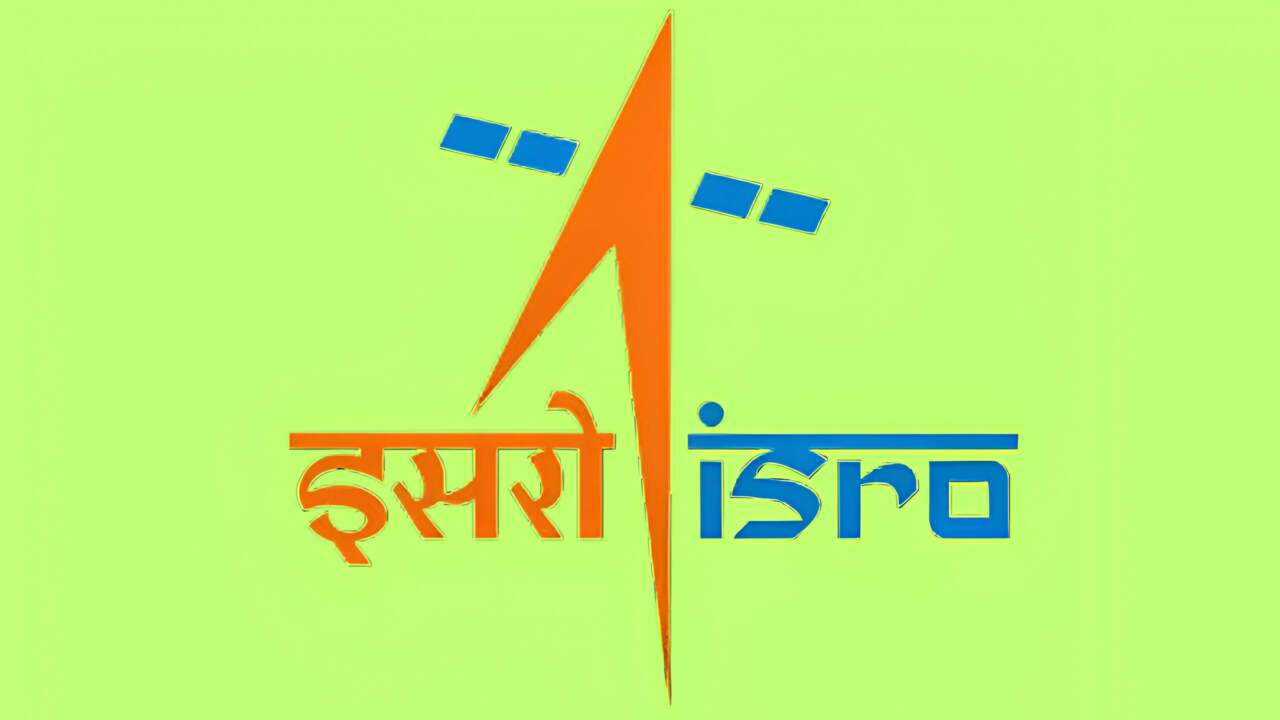The dependability of these nylon strings—the enormous parachutes that form a celestial rangoli in the sky above the Bay of Bengal—was recently tested by an Indian Air Force Chinook chopper.
ISRO Parachute Test Success
Native-made parachutes will assist slow down the ship before it splashes down in the sea, so when Indian astronauts return to Earth, their lives will literally hang by a thread.
The dependability of these nylon strings—the enormous parachutes that form a celestial rangoli in the sky above the Bay of Bengal—was recently tested by an Indian Air Force Chinook chopper.
ISRO has announced the use of a parachute-based deceleration system for the Gaganyaan missions following the successful completion of its first Integrated Air Drop Test.
Also Read: Ex-Populus Sues Musk AI Over Xai Trademark
Gaganyaan Parachute Test Milestone
On this test, ISRO, the Indian Air Force, the Indian Navy, the Indian Coast Guard, as well as others collaborated with DRDO, the Defence Research & Development Organization.
Using an IAF Chinook helicopter, the test included hoisting a simulated crew module about three kilometers over the Bay of Bengal. After that, the module, which weighed over 4.5 tons, fell freely over the ocean.
This parachute trial marked a significant milestone for the Gaganyaan mission, with ISRO Chairman Dr. V. Narayanan confirming that the first uncrewed flight is planned for year 2025.
Also Read: Bokaro Fourlane: ₹57 Crore Road Project
Parachutes Tested for Safety
Ten distinct parachutes of varying diameters opened one after the other in the integrated air drop test, bringing the crew module safely and gently into the landing zone, as stated by a representative of the Aerial Delivery Research and Development Establishment (ADRDE), the leading parachute expertise laboratory in India, located in Agra.
The test helps determine how the parachutes would perform in low-altitude, off-nominal situations, such as if the mission abort occurred during liftoff.
Parachutes Slow Descent Safely
In reality, the first parachutes will open between 7 and 11 kilometers over the sea when the astronauts return. The crew module would still be traveling at the passenger jet plane’s cruise speed, which is an incredible over 700 km/h.
Also Read: Manimahesh Yatra Suspended After Landslide
Before splashing down, the ten parachutes will decrease the velocity by over twenty-five times using sequential aerodynamics.
The crew module‘s velocity will still be about 30 kilometers per hour for the final landing, and the astronauts will need to endure this hit.
India’s Costliest Space Mission
The lives of the astronauts will literally hang in the balance when the crew module parachutes down. India is the source of all the textiles used in Swadeshi parachutes, with the largest chute measuring an incredible 25 meters in diameter. Although two of these could be plenty, a third was included just in case.
With a total cost of over Rs 10,000 crore, Gaganyaan is the most costly scientific experiment in India, and its success is a result of all available national resources.
The technology created by India’s space agency has been put to the test alongside the DRDO‘s experience.
DRDO Ensures Human Safety
The head of the DRDO, Dr. Samir V. Kamat, said that “human space travel is a complicated play of people and technology, where safety of humans is vital.” The DRDO is contributing with its finest knowledge in creating unique, custom-made parachutes that would slow down the crew module as it moves in for touch-landing since “Gaganyaan is a distinguished national mission with an all-India approach,” he said.

